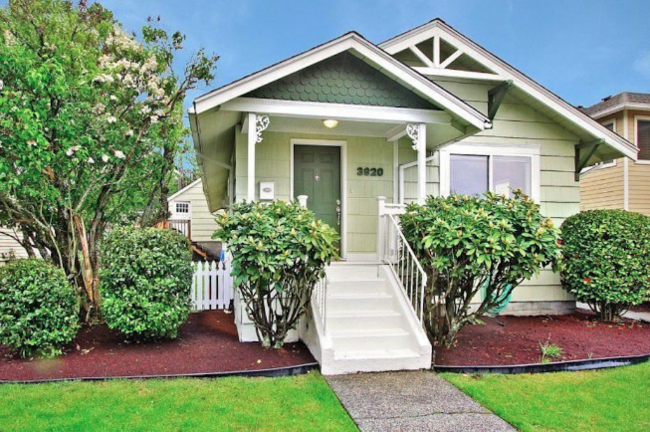We may earn revenue from the products available on this page and participate in affiliate programs. Learn More ›
A Major Makeover
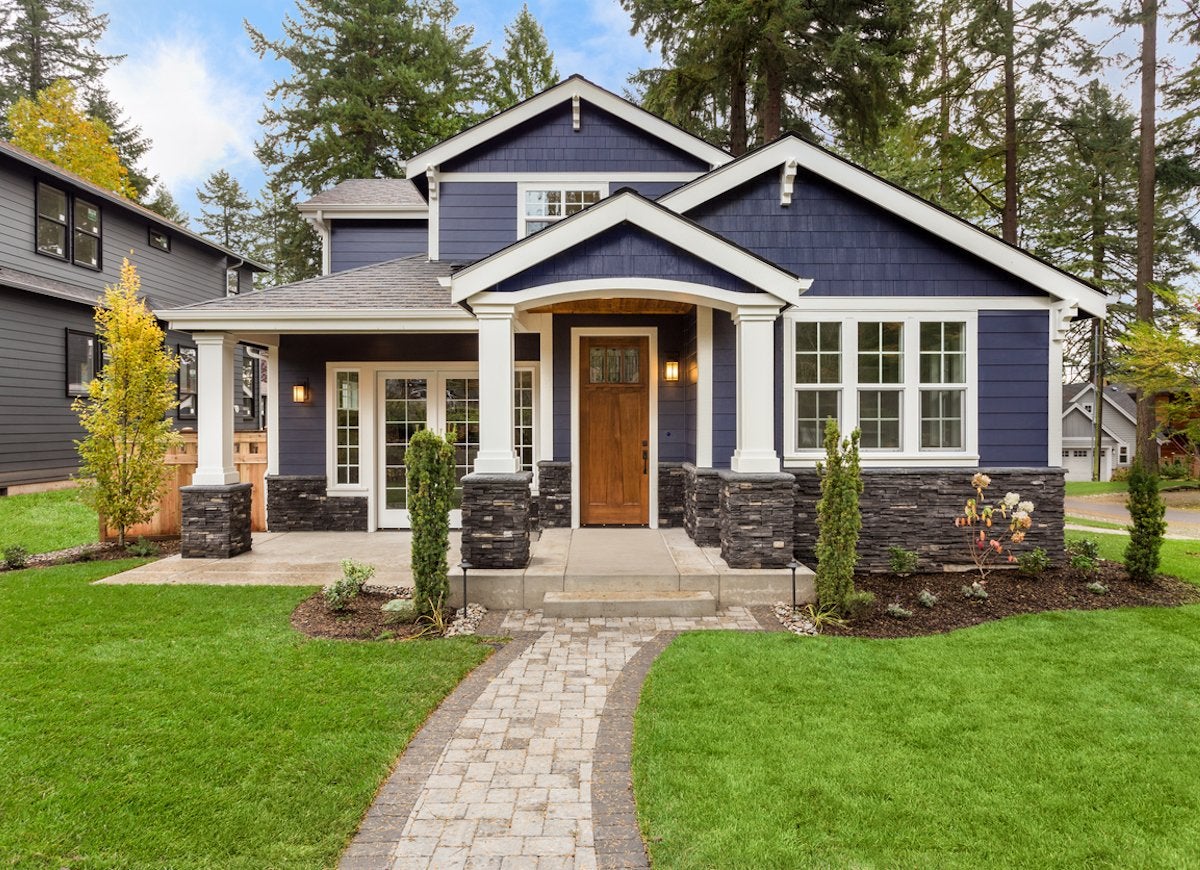
There’s nothing like paint to transform the look of your home’s exterior, but since there’s no shortage of shades from which to choose, it can be challenging to make a final selection. We’ve collected some essential do’s and don’ts to help you find a hue you’ll be happy and proud to live with for years.
DO: Consider Colors
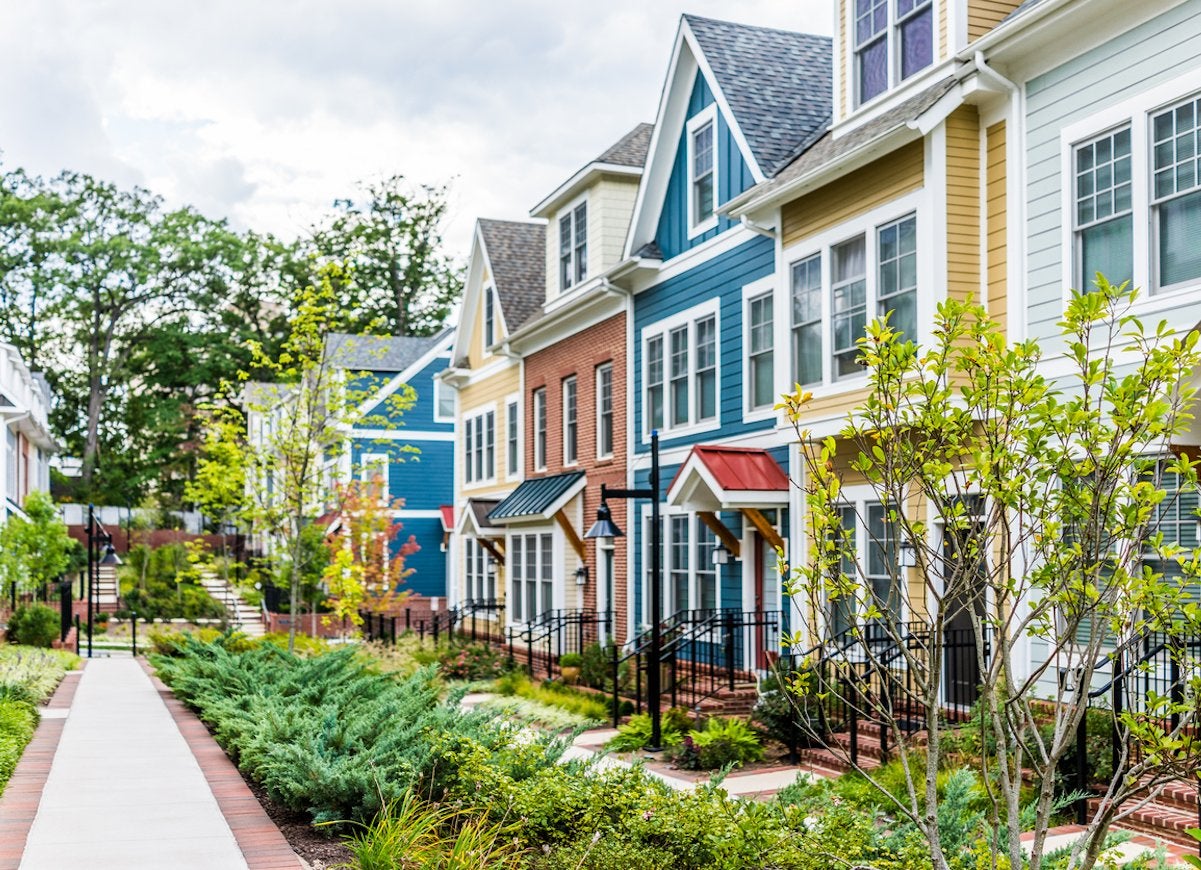
Many homeowners worry that a unique color scheme will end up costing more, but fortunately that’s not the case! Applying a little imagination to the selection process won’t stress your wallet any more than choosing a neutral shade would—so why not have a little fun?
DO: Take a Hint
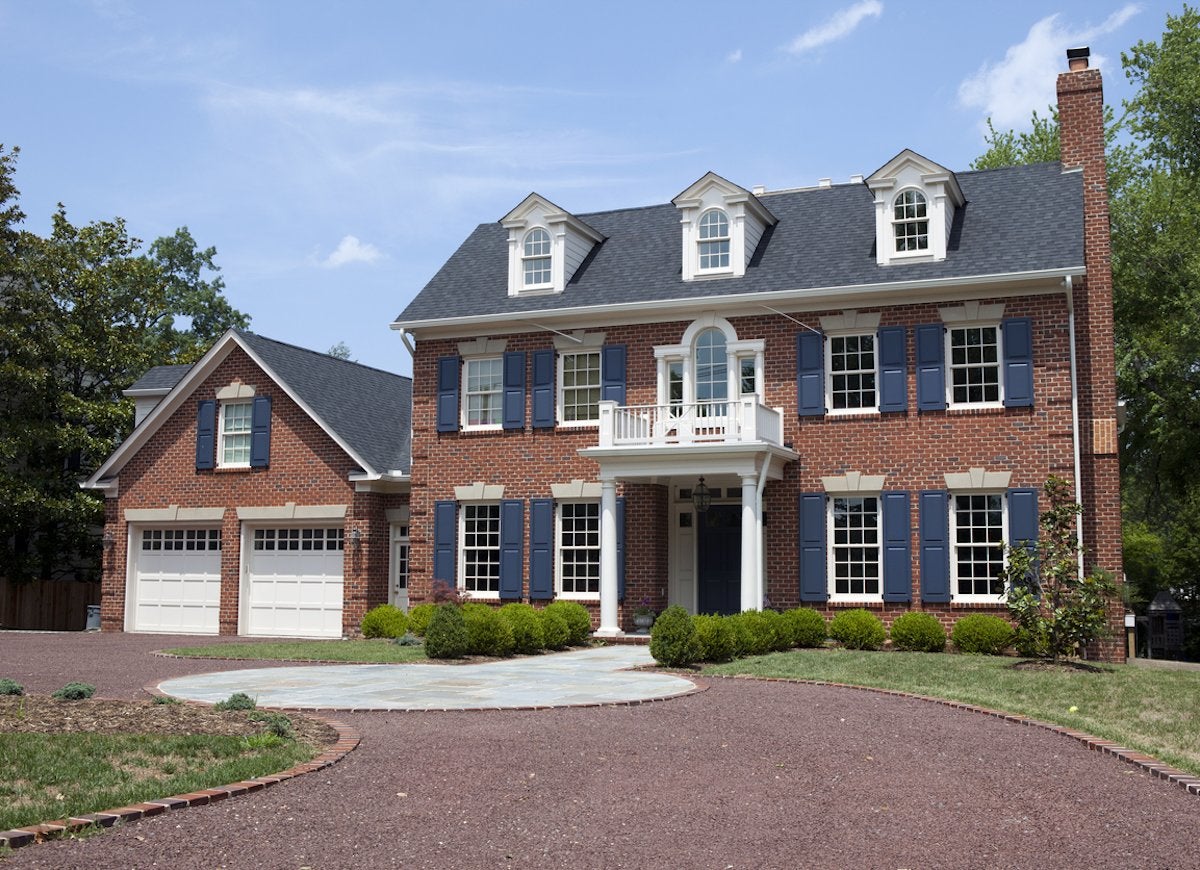
Notice what colors exist on your exterior that cannot be changed—the dark gray flecks in your brick, for instance, or that blue cast in your roofing shingles. A cohesive color scheme will take into account these unchangeable shades.
DO: Accent
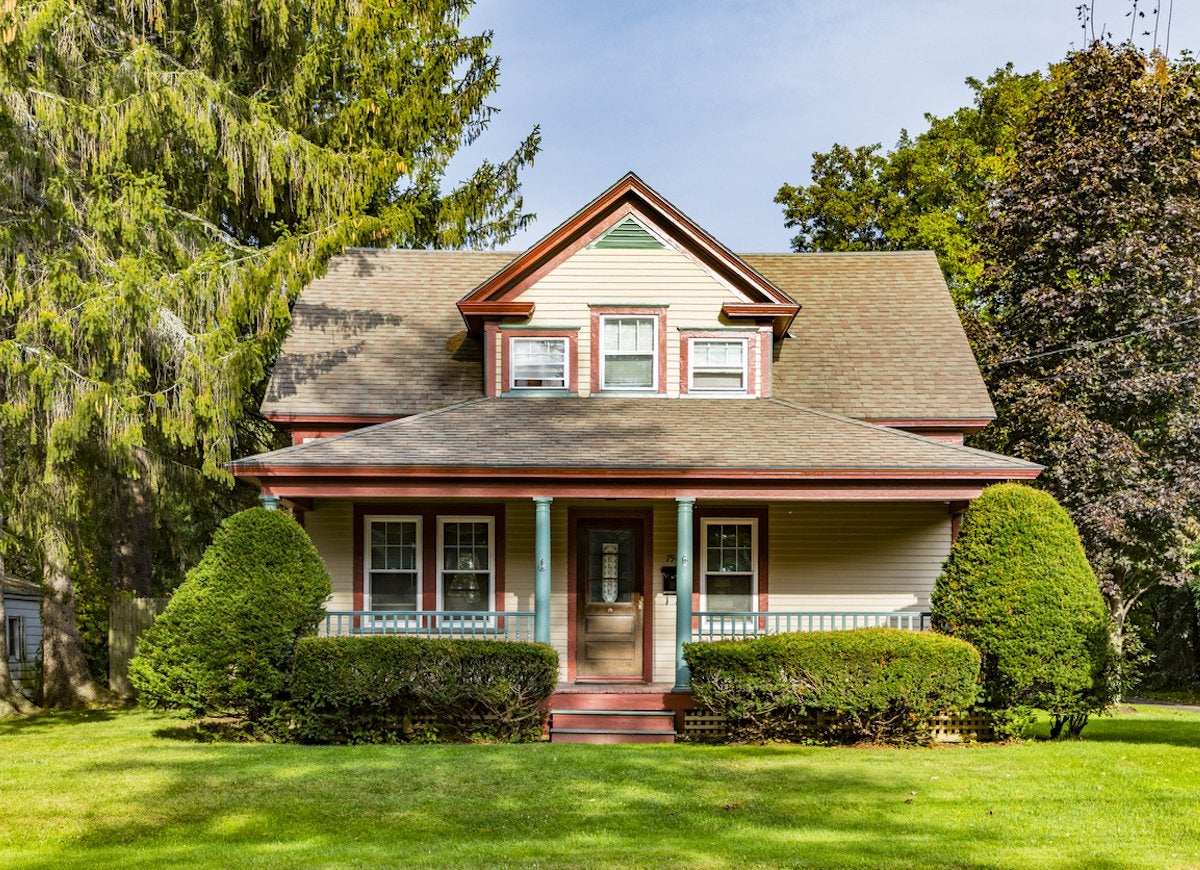
Add character and charm by painting your window trim and architectural details in a contrasting accent color. And don’t forget that you can also use color to emphasize your entryway.
DON'T: Misplace the Accent
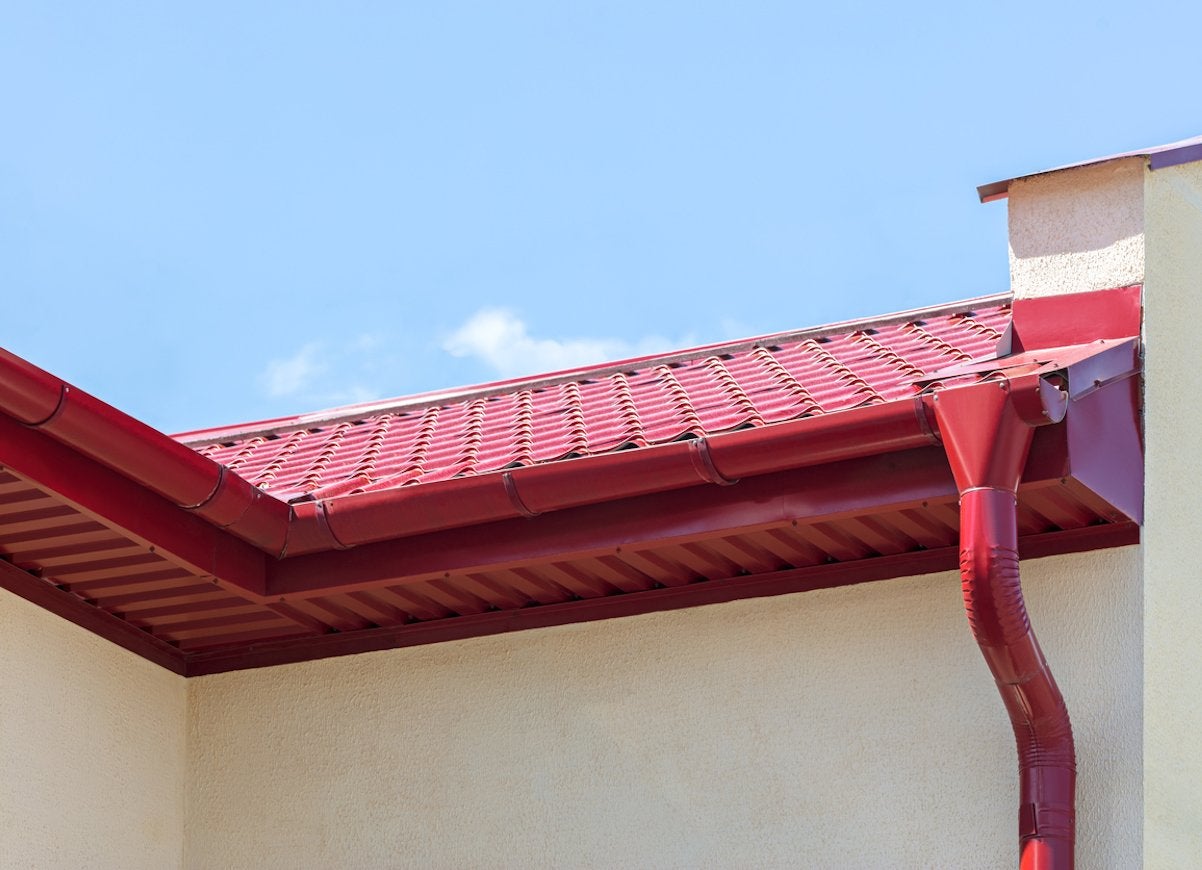
Accenting is great, but only when used to highlight the more attractive elements of your home. Avoid drawing attention to drab features like gutters, air conditioning units, or unevenly placed windows.
DO: Consider Trends
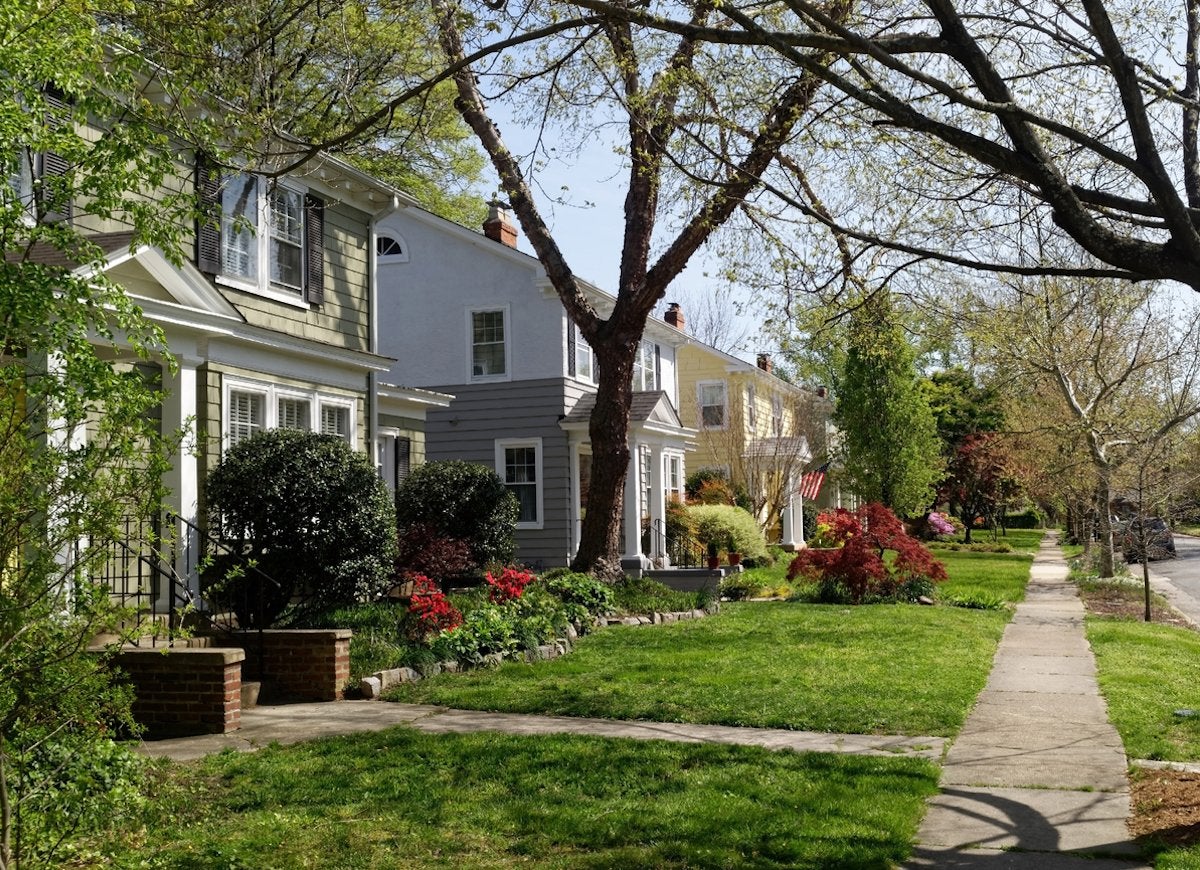
Trends in exterior paint move at a snail’s pace. The color you choose today is very likely to still be in style tomorrow, or ten years from tomorrow. White used to be the “safe” choice, but more and more homeowners are experimenting with color and tinted neutrals. Tour a few neighborhoods to get a sense of what others are opting for.
DON'T: Ignore the Neighbors
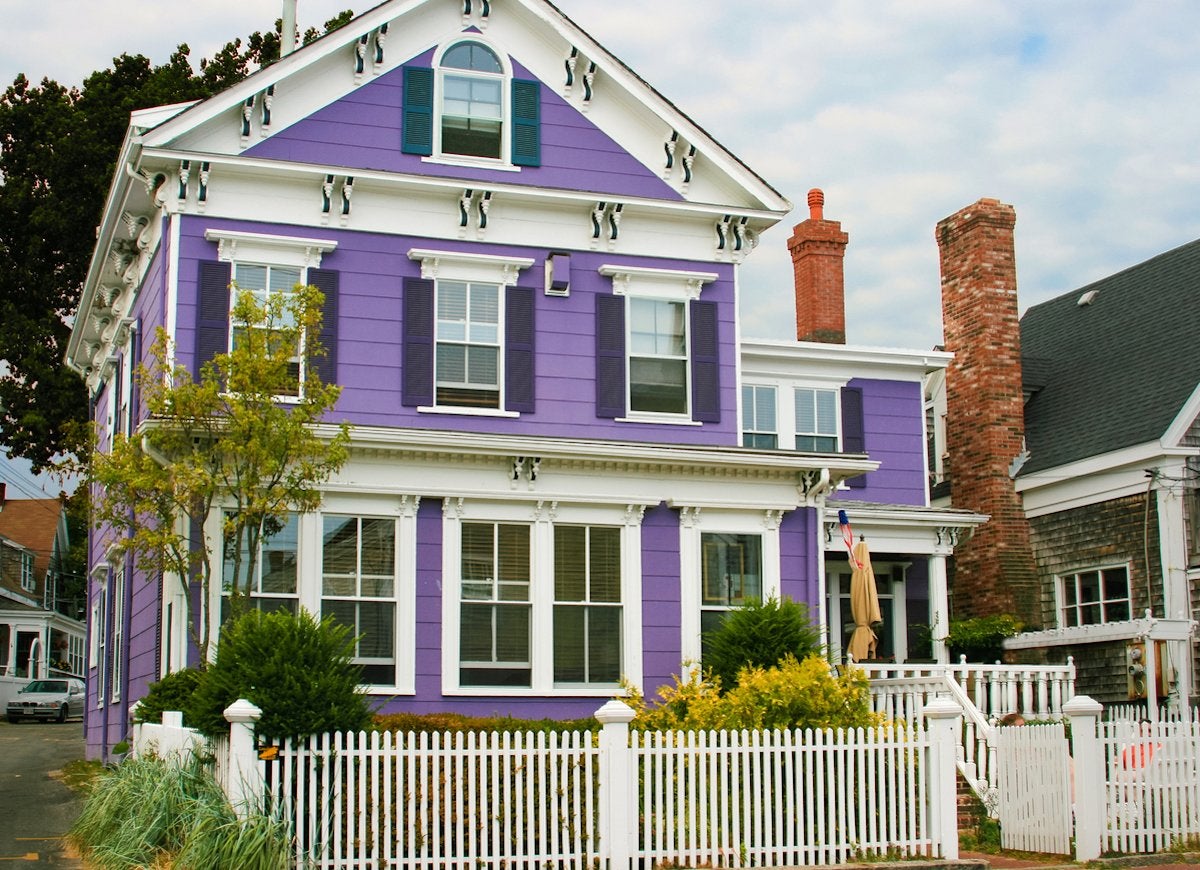
While it’s a good idea to get creative, it’s usually a bad idea to pick colors that will clash with your neighbors’ exteriors. You can always stand out, but try to do so in an unobtrusive way!
DO: Light vs. Dark
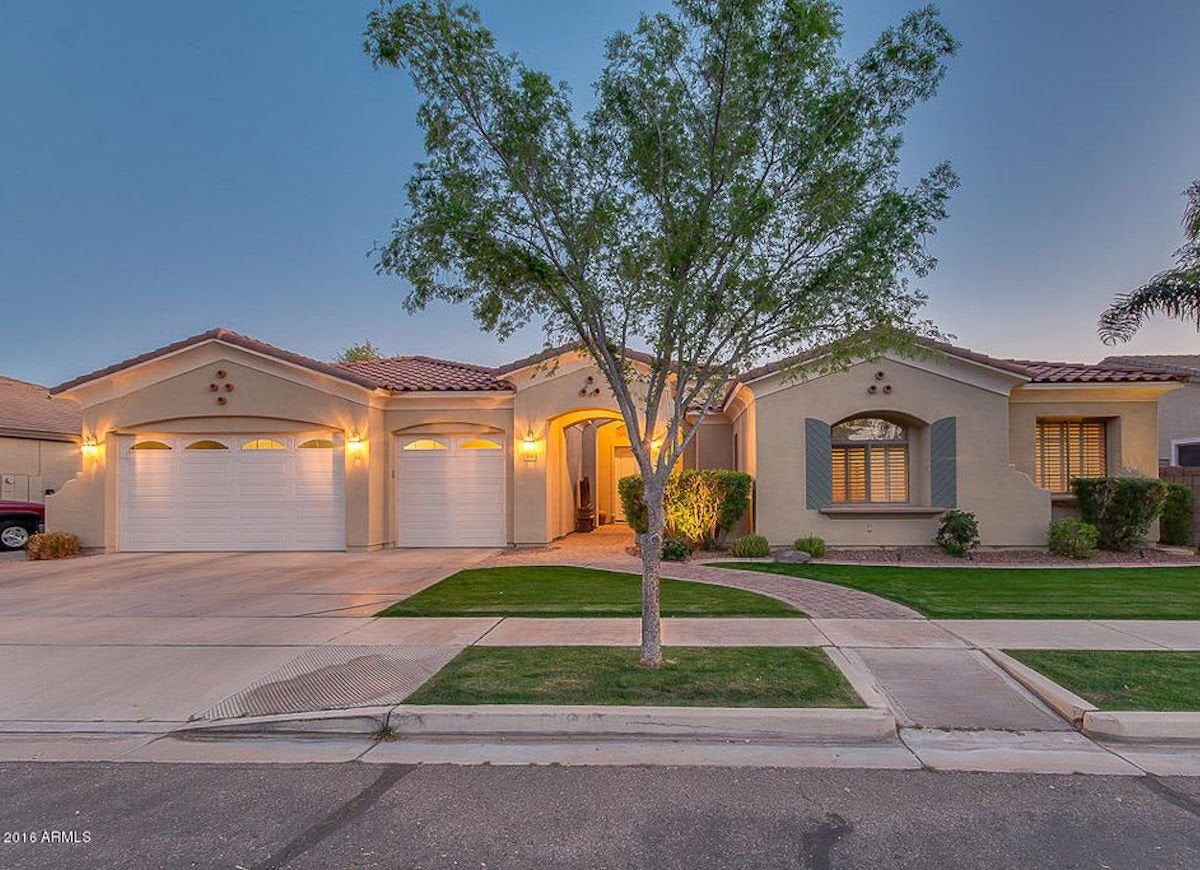
Zillow Digs home in Chandler, AZ
Light colors make a house look larger and more inviting, and if painted on a house that’s sited away from the curb, they can bring the structure visually forward. Dark colors, meanwhile, make a house look more substantial, and especially if applied to a home’s lower portion, they suggest stability and permanence.
DON'T: Ignore the Landscaping
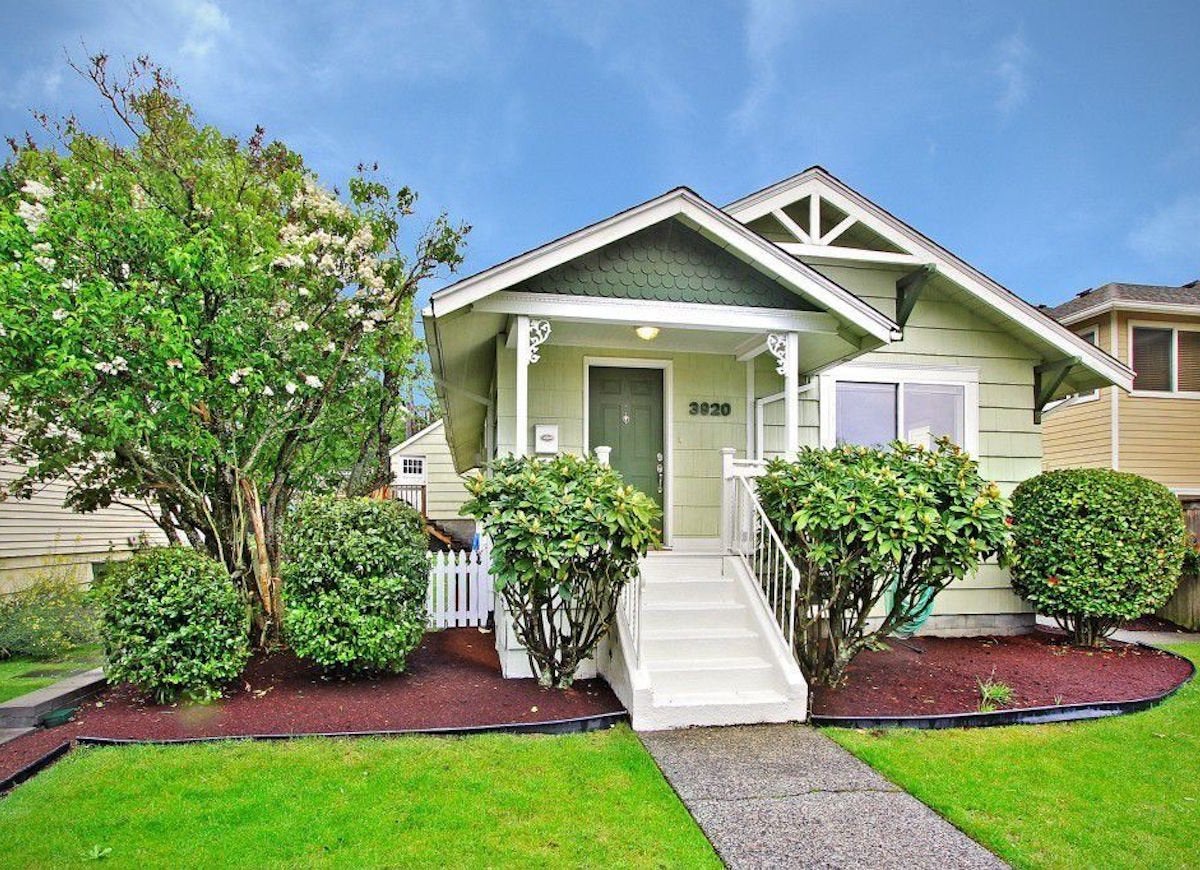
Zillow Digs home in Seattle, WA
Maximize curb appeal by ensuring that your house and yard are in harmony. A green-painted house would get lost on a heavily wooded lot, while a bright color might appear too brash where landscaping is sparse.
DON'T: Wing It
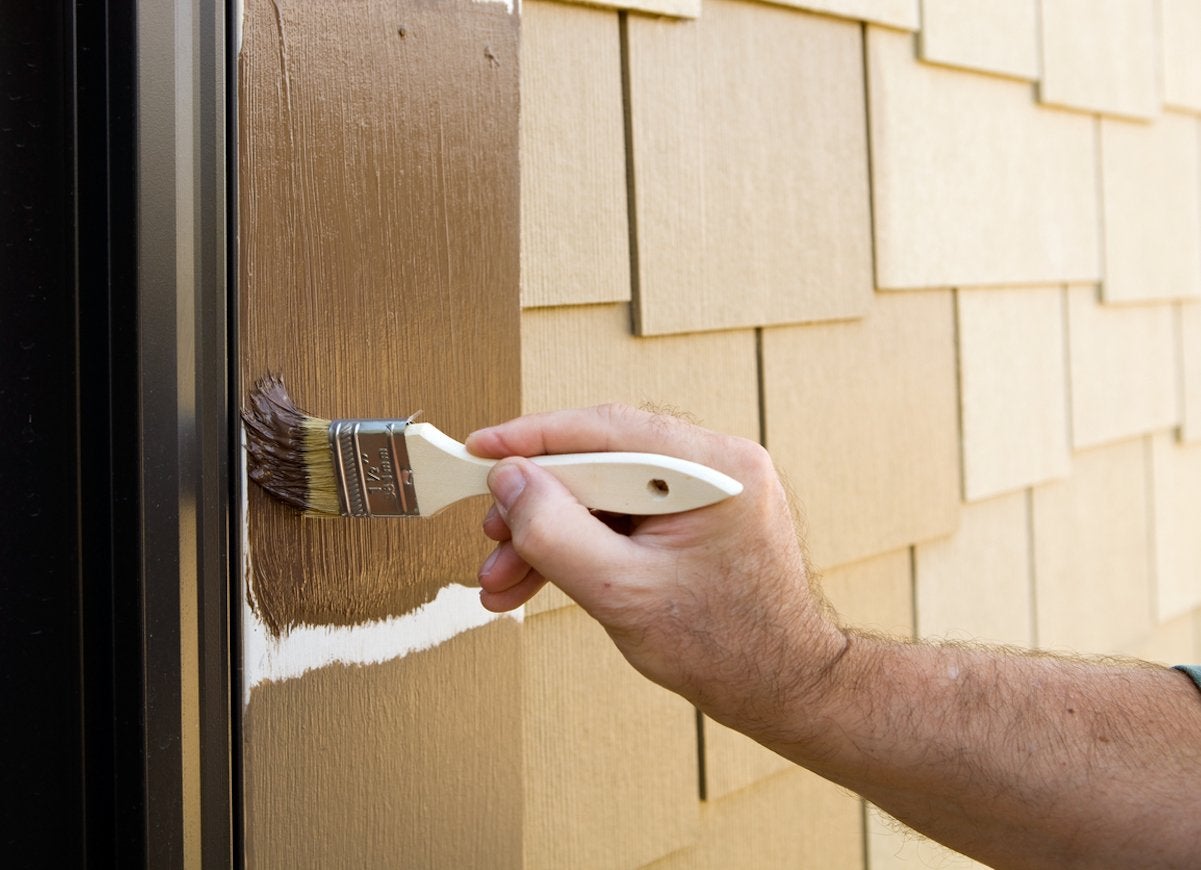
Exterior painting is a big deal, so plan accordingly! Try painting a small amount of your main, trim, and accent color choices next to each other on a hidden side of the house. That way, you can test how your scheme is coming together.

A DIYer’s Guide to Replacing Flooring
Update the look and feel of any room by replacing old, worn-out flooring. These products and straightforward steps make it easy enough for any handy homeowner to do.
